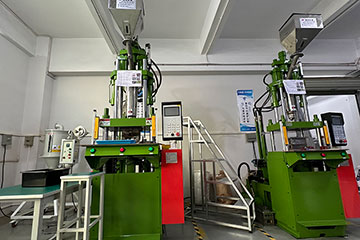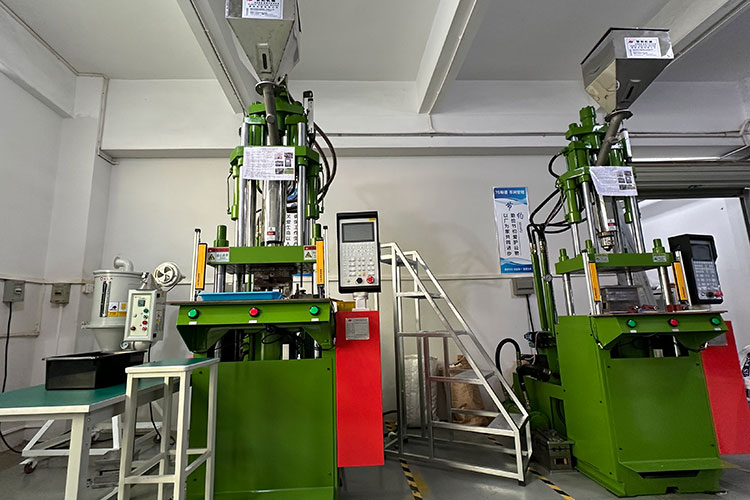
Precision injection mold requirements
Precision injection mold is a key tool for producing high-quality, high-precision plastic products. With the continuous updating of technology, the modern industrial requirements for plastic products have become more and more stringent, precision injection molds in the design, manufacture, assembly and use of the process must follow a series of strict standards. [...]
- Info
Precision injection mold is a key tool for producing high-quality, high-precision plastic products. With the continuous updating of technology, the requirements of modern industry on plastic products have become more and more stringent, precision injection molds in the design, manufacture, assembly and use of the process must follow a series of strict standards.
I. Design requirements
1. High precision and stability
Mold design must meet the requirements of the product's dimensional accuracy, usually requires precision to micron level, injection molded plastic products require to reach 0.01mm-0.05mm precision. This requires full consideration of factors such as material shrinkage, processing accuracy and assembly accuracy in the design process.
2. Optimized flow path design
The design of the casting system directly affects the flow state of the plastic and the quality of the product. It is necessary to use CAE analysis software to simulate the flow channel to ensure that the plastic melt is evenly filled in the cavity to avoid defects such as bubbles and fusion marks.
3. Efficient cooling systems
The design of cooling system affects the production efficiency and product quality. According to the structure and size of the products, the cooling circuit needs to be reasonably laid out to realize fast and uniform cooling and reduce the molding cycle.
4. Reasonable release mechanism
For complex products, it is necessary to design various demolding mechanisms, such as slanting top, core extraction, air-assisted demolding, etc., to ensure that the products can be demolded smoothly without cracking or deformation.

II. Material requirements
1. High quality mold steel
Choose high quality mold steel, such as S136, H13, NAK80, etc., with good strength, hardness, wear resistance and polishing properties.
2. Surface treatment
According to the requirements of the products, nitriding, chrome plating and other surface treatment of the mold cavity to improve the hardness and corrosion resistance of the mold, to extend the service life.
III. Processing and manufacturing requirements
1. Precision machining equipment
Use high-precision machining equipment, such as precision grinding machines, curve grinding machines, CNC numerical control machine tools, slow-feeding wire-cutting, EDM machines, etc., to ensure machining accuracy and surface quality.
2. Fine machining processes
High-precision machining methods, such as precision grinding, polishing, and ultra-precision machining, are used to achieve the required dimensional accuracy and surface roughness.
3. Rigorous quality control
During processing, real-time monitoring and testing of key dimensions and parts is required, using high-precision testing equipment such as CMMs to ensure that each part meets the design requirements.
IV. Assembly and adjustment requirements
1. Precision assembly
The assembly of the mold requires experienced technicians to ensure that the fit gap and precision of each part meets the design requirements, and that the moving parts run smoothly and without stagnation.
2. Mold testing and optimization
After the mold assembly is completed, it is necessary to carry out a trial mold to test the performance of the mold, according to the results of the trial mold, the mold will be adjusted and optimized to ensure the stability of mass production and product quality.
V. Use and maintenance requirements
1. Correct use of parameters
In injection molding production, it is necessary to set the appropriate injection molding process parameters, such as temperature, pressure, speed, cooling time, etc., according to the characteristics of the products and materials.
2. Regular maintenance
Regular cleaning and maintenance of the molds, such as cleaning up residues, checking wear and tear, and applying rust preventive oil, prevents damage to the molds and quality problems.
3. Safe operation
Strictly follow the operating procedures to prevent damage to the mold or production accidents due to misoperation.
Other requirements
- durability: Precision injection molds should have high durability to withstand repeated injection cycles.
- Easy maintenance: Molds should be designed for easy maintenance and repair to minimize downtime.
- cost-effectiveness: While precision injection molds may cost more to manufacture, they can produce high-value parts that reduce overall production costs.


